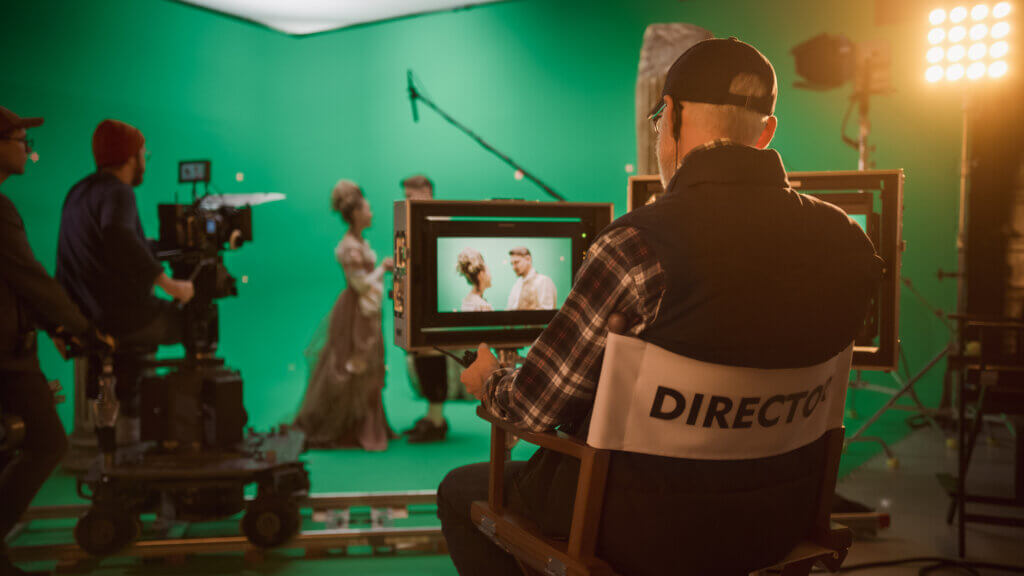
Introduction:
When it comes to budgeting for a film shoot, it’s crucial to consider all the various components that contribute to the overall expenses. One significant aspect of film budgeting is the inclusion of above-the-line costs. These costs encompass the expenses associated with key creative talent involved in the film, including directors, producers, writers, and actors. In this blog, we will delve into the importance of above-the-line costs and how they impact the budgeting process for a film shoot.
Defining Above-the-Line Costs:
Above-the-line costs refer to the expenditures related to the creative team responsible for the conceptualization and development of the film. These individuals play a pivotal role in shaping the artistic vision and overall success of the project. Examples of above-the-line talent include directors, producers, writers, and actors. These costs are negotiated and agreed upon upfront and are typically non-negotiable once production begins.
Clarity in Financial Commitments:
By incorporating above-the-line costs in the budget, filmmakers gain a clearer understanding of the financial commitments required for essential talent. Negotiating contracts with above the-line talent involves discussing fees, royalties, profit participation, and any other relevant compensation agreements. By having these costs clearly outlined in the budget, filmmakers can plan and allocate funds accordingly, ensuring transparency and financial feasibility throughout the production process.
Attracting and Retaining Key Talent:
Securing talented individuals for above-the-line roles is crucial for the success of any film project. High-profile directors, producers, writers, and actors bring their expertise, reputation, and audience appeal, which can significantly impact the film’s marketability and potential for success. Allocating an appropriate budget for above-the-line costs allows for competitive compensation, making it more likely to attract and retain top talent.
Balancing Creativity and Budget Constraints:
While above-the-line costs can consume a significant portion of the budget, it is essential to strike a balance between creativity and financial considerations. Collaborative discussions between the creative team and producers are crucial during the budgeting process. This collaboration ensures that the artistic vision is aligned with the available resources, allowing for a successful film shoot while remaining within budgetary constraints.
Estimating Above-the-Line Costs:
Accurately estimating above-the-line costs can be a challenge, particularly for projects with varying levels of complexity and talent requirements. Researching industry standards and consulting experienced professionals can provide valuable insights into typical compensation expectations for directors, producers, writers, and actors. Careful consideration of factors such as the project’s scale, genre, and market potential helps in generating realistic cost projections.
Negotiating Contracts:
Negotiating contracts with above-the-line talent is a critical aspect of budgeting for film shoots. These negotiations should encompass various elements, including upfront fees, back-end profit participation, residual payments, and any additional perks or incentives. It’s important to engage legal counsel to ensure that contracts are fair, legally binding, and protect the interests of both parties involved.
Conclusion:
Incorporating above-the-line costs in the budgeting process for a film shoot is essential for maintaining financial clarity and ensuring the availability of necessary talent. By carefully estimating and negotiating these costs, filmmakers can allocate resources effectively, strike a balance between creativity and budget constraints, and increase the chances of creating a successful and well-executed film project.